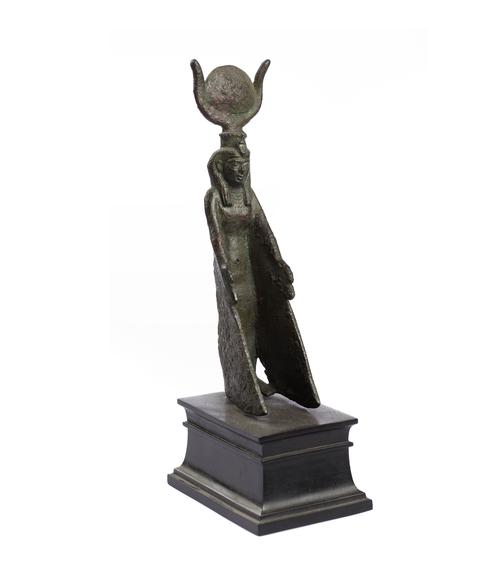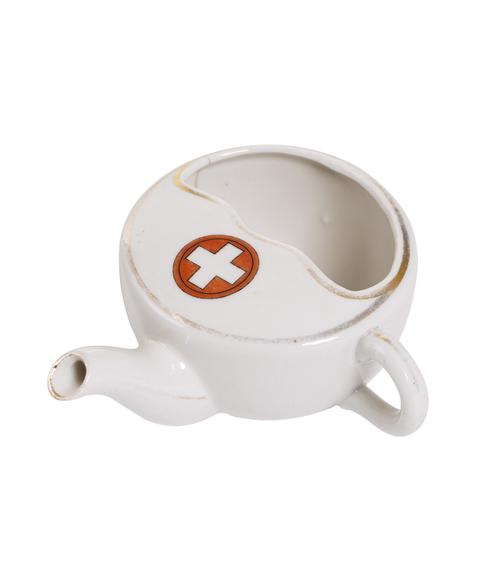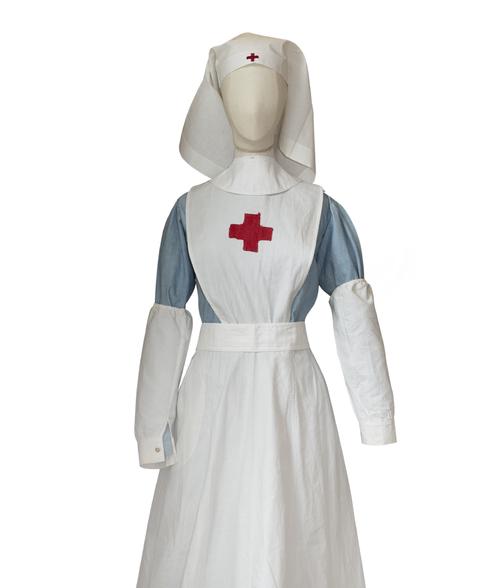
Goddesses of Healing, Young Women and Childbirth
Ref 3806: Figure of Isis and Horus, Egyptian Ptolemaic Period
Freud’s collection contains many female deities representing healing and medicine, with some dedicated specifically to protect young women and childbirth. As the Egyptian goddess of life and motherhood, Isis protected women and children, and healed the sick. Many depictions of Isis and her son Horus exist in Freud’s collection, two of which stand on his desk.
‘our sweet Sophie in Hamburg had been snatched away by influential pneumonia, snatched away in the midst of glowing health, from a full and active life as a competent mother and loving wife, all in four or five days, as though she had never existed.’
(Freud to Oskar Phister, 27.01.1920)

Feeding cup supplied and used by the British Red Cross, c.1914-1919
From the British Red Cross Museum and Archives
Young healthy adults between 20 and 30 years old were particularly affected by the Spanish Flu. The disease progressed quickly in these cases. Within hours of feeling the first symptoms of fatigue, fever and headache, many patients would rapidly develop pneumonia.
Before the widespread use of saline IV infusions, keeping patients hydrated was difficult. Feeding cups made it easier for VAD nurses to get fluids and nutrients into patients who were too weak to sit upright. In addition to water, these cups were used to feed patients milk and beef tea.
Image © British Red Cross Museum and Archives

British Red Cross VAD nurse’s uniform, c.1914-1919.
From the British Red Cross Museum and Archives
In the early 20th century, VADs (Voluntary Aid Detachments) worked under the Joint Committee (British Red Cross and the Order of St John) to carry out duties that were less technical, but no less important, than trained nurses. By the end of the First World War, there were around 90,000 British Red Cross VADs.
But peace in Europe did not end the need for VADs. The Spanish Flu pandemic rapidly infected a fifth of the world’s population and a request was made for the recruitment and training of more volunteers. An estimated 50 million people died worldwide, far exceeding the number of deaths recorded during the First World War.
The red cross emblem is a special protective sign used during armed conflicts, and its use is restricted by law.
Image © British Red Cross Museum and Archives